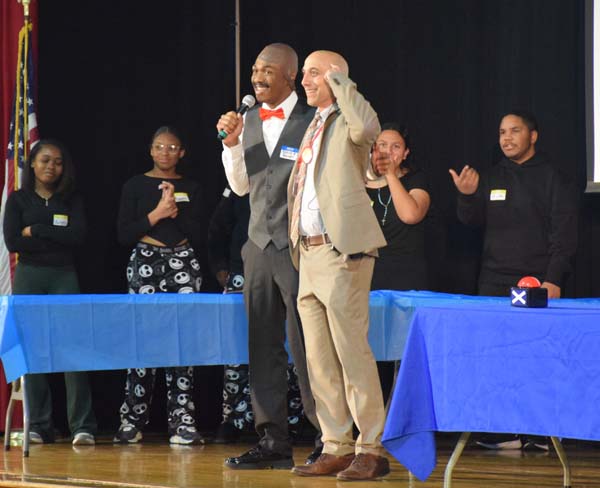I’m sure we’re all very familiar with the term “daylight saving time.” In fact, many of us have relished that extra hour of sleep this odd tradition has granted us (and surely, we will be scowling in the spring once we are robbed of an hour of beauty rest). All that aside, have you ever stopped to wonder when exactly this bi-annual change of time came to be a common practice? America, most of Europe, and parts of Asia and Africa also partake in Daylight Saving Time, but why?
Well, the concept of Daylight Saving Time (DST) can be traced back to three sources, one of which being a founding father from the 18th century—Benjamin Franklin. He simply observed that waking up closer to sunrise helped to illuminate his home for a longer period of time and decrease his usage of smoky and expensive candles, allowing him to conserve energy.
Our second pioneer in thought was George Bernard Hudson in the late 19th-century New Zealand. Hudson was an astronomer and entomologist who suggested the idea to move the clocks forward to the Wellington Philosophical Society.
The third person was William Willett from the early 20th-century United Kingdom. He was a builder and member of the Royal Astronomical Society and introduced a bill to the British Parliament with the motive of officially enacting a time change.
Although none of the three saw their daylight saving idea come to fruition, the clock-change method was later revived for, unexpectedly, war
In 1916 during World War I, the Germans adopted it to help save energy. The British followed suit almost immediately, along with other countries on both sides of the war – including the U.S. – for energy-saving sake. But, once the Great War ended, the new practice received push back from many farmers as they depend on the sun, not clocks, for their daily work and tending to their livestock and crops. Pushing the sunrise to an hour later made things more difficult and impractical for them.
Still, WWII inspired the second wave of DST to take place. When the U.S. joined WWII the country used daylight saving methods for the war effort, but Congress repealed the time change again once the war was over.
However, unlike the public sentiment toward daylight saving time after the first World War, after World War II, more people were supportive of the time change, and many localities began to adopt it. Eventually the Uniform Time Act was signed into law in 1966 to regulate the time zones and start-end date of DST across the nation.
Daylight saving time is now observed in all but two states, with the outliers being Hawaii and Arizona, with compelling reasons, of course.
Being that Hawaii is the most southern state and closest to the equator, the sunrises and sunsets don’t vary much throughout the year. Due to this, they have little to no benefit of DST compared to other states. Hawaii is also quite distant from the mainland, making issues due to time in relation to other states virtually nonexistent.
Now Arizona on the other hand is contending with the issue of heat. The two most populated parts of the state, Phoenix and Tucson, are so hot in the summer that it’s understandable why the last thing they want to have is more daylight (not to mention that the heat and monsoonal activity increases the scorpion activity in Arizona…yikes!).
Overall, we’ve all grown accustomed to the clocks changing twice a year and although there is some division over this antiquated practice, it is hard to beat that extra hour of sleep every fall. It is also beneficial for students like myself who now, thanks to DST, no longer have to commute to school in pitch-black darkness amidst inclement weather in the Northern regions of the country. Although we sacrifice an hour of sunlight in the afternoon ( unfortunately making it feel like nightfall at 5pm) having more daylight in the morning has been proven to elevate mood, improve health, and just make it easier to get out of bed. The longer evenings in the spring and summer also have their charm, and the days grow longer and warmer making outdoor activities, events and sports much more enjoyable and practical as well.













